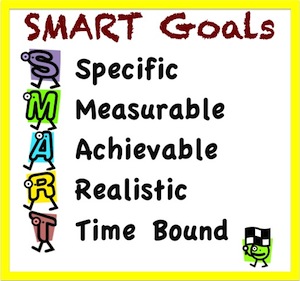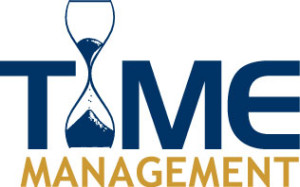One definition of insanity is to keep doing the same thing and expect different results.
Obviously if we want different results in our life or work we need to do things differently. This requires us to take a step back and understand the process of change and what needs to happen so we can start doing things differently.
There are many things or obstacles that can stand in the way of creating the change we want. Everything that we do has been learned and has developed into a habit. We all know how difficult it is to change a habit whether it is a good or bad habit.
The Change Process
 The first step in the change process is awareness. Before you can change the result from what you’re doing you need to become aware or conscious of the thing you’re doing to cause the result. Let’s take the example of a salesperson selling kitchen renovations to homeowners and who is struggling to close sales. The sales person could blame the homeowner or the market for not making enough sales. Or they could look at themselves and reflect on what they’re not doing correctly to create the results they want.
The first step in the change process is awareness. Before you can change the result from what you’re doing you need to become aware or conscious of the thing you’re doing to cause the result. Let’s take the example of a salesperson selling kitchen renovations to homeowners and who is struggling to close sales. The sales person could blame the homeowner or the market for not making enough sales. Or they could look at themselves and reflect on what they’re not doing correctly to create the results they want.
 This leads to the second step, which is understanding. This means going deeper into the problem and looking at the attitude, values and beliefs that may be driving the behaviour that is causing the result. It also means looking at the skills required and the effort needed to drive the change. In the example of our salesperson, perhaps the problem is the salesperson talks too much and wants to show how much she knows rather than asking questions and listening to what the client is saying. To gain this awareness and understanding the salesperson might need to get feedback from clients or from her boss.
This leads to the second step, which is understanding. This means going deeper into the problem and looking at the attitude, values and beliefs that may be driving the behaviour that is causing the result. It also means looking at the skills required and the effort needed to drive the change. In the example of our salesperson, perhaps the problem is the salesperson talks too much and wants to show how much she knows rather than asking questions and listening to what the client is saying. To gain this awareness and understanding the salesperson might need to get feedback from clients or from her boss.
 The next step is choice. Once the awareness and understanding of what needs to happen is clear, the actions required to create the change also becomes distinct. The question becomes, are you willing to do what you need to do to create the change and produce the result. In the example of the salesperson they may need to learn how to ask questions and listen and make the commitment to practice and apply it on the job.
The next step is choice. Once the awareness and understanding of what needs to happen is clear, the actions required to create the change also becomes distinct. The question becomes, are you willing to do what you need to do to create the change and produce the result. In the example of the salesperson they may need to learn how to ask questions and listen and make the commitment to practice and apply it on the job.
Goal Setting
 Goal setting is a powerful method for creating change. By filling out my goal planning form, which you can download from this link, you will be able to plan out your change process and achieve new and better results. One important component of this process is identifying the obstacles that can hold you back. It is important to write down the obstacles see you can specify the solutions and turn those solutions into your action steps.
Goal setting is a powerful method for creating change. By filling out my goal planning form, which you can download from this link, you will be able to plan out your change process and achieve new and better results. One important component of this process is identifying the obstacles that can hold you back. It is important to write down the obstacles see you can specify the solutions and turn those solutions into your action steps.
Once you go through the steps the final question to ask yourself is do I have the knowledge and skills to make the change and am I willing to commit to the actions. If the answer is yes then you are on your way to create the change and produced a result you want in your life and work.
Stephen Goldberg





